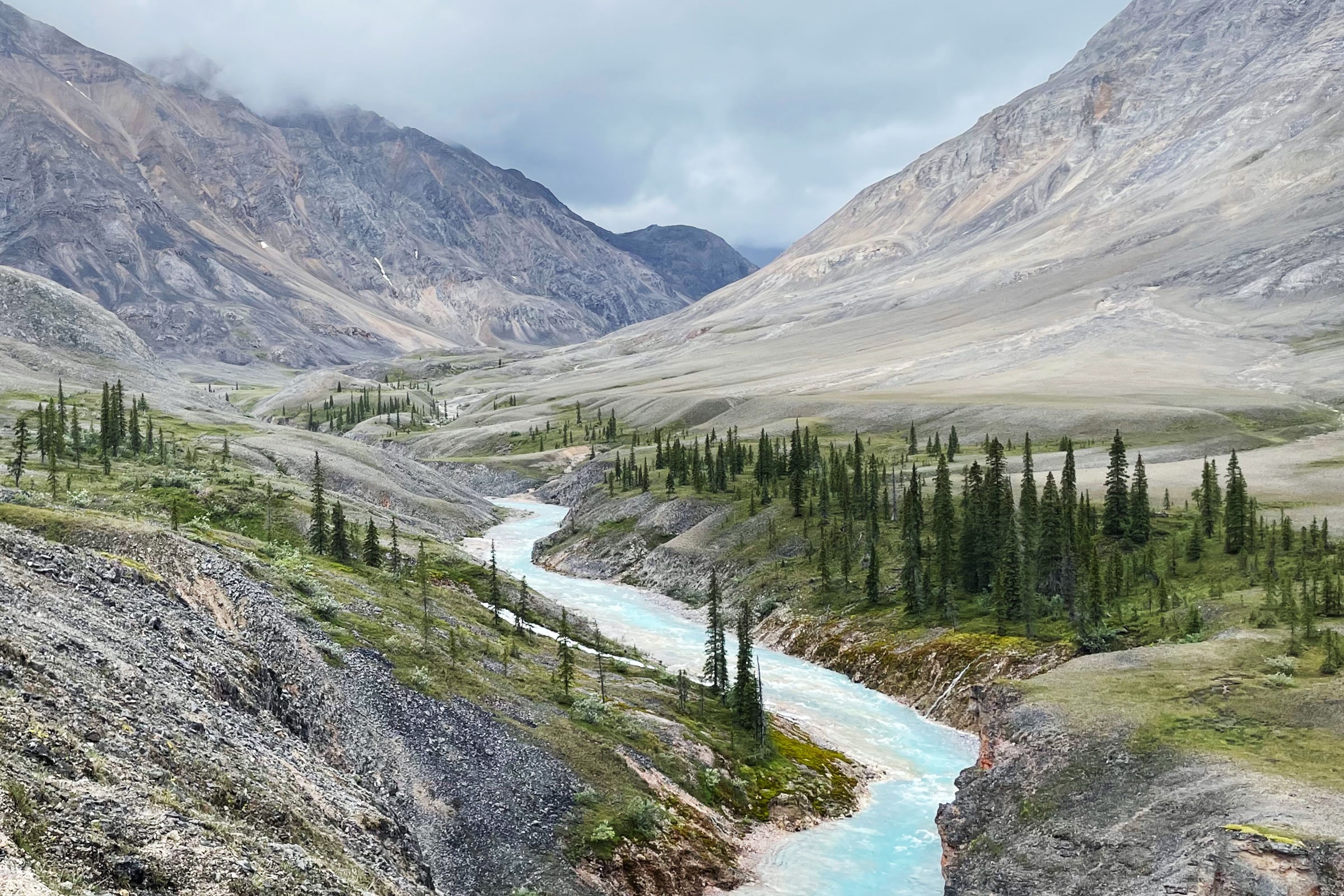Less Sea Ice Means More Arctic Trees—Which Means Trouble
Arctic regions are known for their vast expanses of ice and snow, but climate change is causing these icy landscapes to melt at alarming rates. As the sea ice disappears, it is creating new opportunities for plant life to take root in the Arctic—particularly trees.
While the growth of trees in the Arctic may seem like a positive development, it actually poses a number of significant challenges. For one, the presence of trees in the region can alter the delicate balance of the Arctic ecosystem, disrupting the habitats of native species such as polar bears, caribou, and seals.
Additionally, the expansion of tree cover in the Arctic can exacerbate climate change by trapping more heat and accelerating the melting of the remaining ice. This could create a dangerous feedback loop, as the loss of sea ice leads to more trees, which in turn leads to further warming.
Furthermore, the spread of trees in the Arctic could also have impacts on indigenous communities that rely on traditional hunting and fishing practices for their livelihoods. The changing landscape could disrupt these activities and threaten the cultural traditions of these communities.
In conclusion, while the growth of trees in the Arctic may seem like a natural response to melting sea ice, it actually represents a troubling development with far-reaching implications. It is imperative that we take action to address the root causes of climate change and protect the fragile ecosystems of the Arctic before it is too late.
